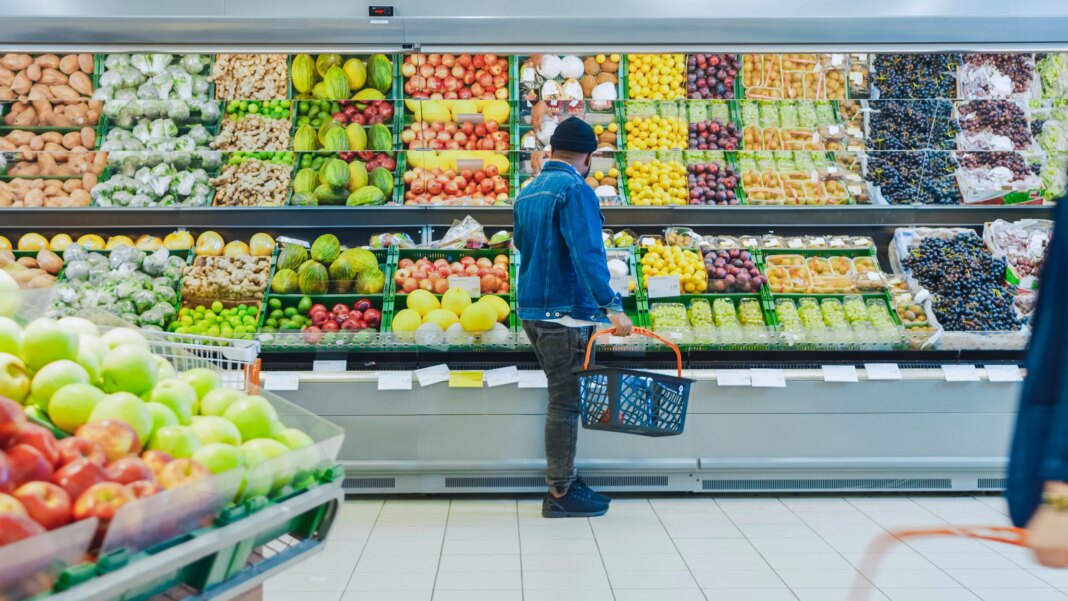Deepening Food Insecurity in the D.C. DMV Area: A Growing Crisis
Food insecurity is an urgent and complicated issue affecting many communities in the Washington, D.C., DMV area, with Black and brown families facing the most severe impacts. According to a recent report from the Capital Area Food Bank (CAFB), over a third of households in the region—36%—experienced food insecurity in the past year, marking a troubling rise, particularly in 2025.
Federal Cuts and Their Aftermath
This alarming trend can be traced back to significant cuts in federal jobs and safety net programs enacted during the Trump administration. These cuts have destabilized communities, particularly those that have historically relied on government employment for stability and upward mobility. As federal jobs continue to dwindle, families that once felt secure are now finding themselves grappling with the harsh reality of food insecurity.
Radha Muthiah, the CEO and president of the Capital Area Food Bank, highlighted these concerns, stating, “The data in this year’s survey paints a picture of a regional hunger problem that is persistent and deepening.” With 75,000 additional people reporting severe food insecurity, families are forced to make difficult decisions, such as reducing meal sizes or skipping meals altogether. This predicament extends to children, raising serious concerns about their health and well-being.
Disparities Among Communities
The CAFB findings reveal a significant racial disparity in food insecurity rates. In the D.C. area, 41% of Black households face food insecurity compared to just 18% of white households. This stark contrast underscores the systemic inequities that have forced many Black families into vulnerable positions, particularly in areas like D.C. and Prince George’s County, where government jobs have historically opened doors to the middle class.
Moreover, families tied to federal employment have been hit particularly hard. The report revealed that 41% of these households experiencing job loss reported food insecurity, with two-thirds classified under “very low food security,” a designation by the USDA indicating serious challenges in accessing sufficient food.
Financial Struggles and Coping Strategies
The financial ramifications for families facing food insecurity are dire. Nearly three in four impacted households are depleting their savings, while 55% have halted contributions to long-term savings. Alarmingly, 24% have withdrawn from their retirement funds earlier than planned. These financial trade-offs illustrate the impossible choices families are forced to make in order to put food on the table.
As the Federal Reserve Bank of Richmond reported, the DMV lost over 22,000 federal jobs between January and May of this year. The repercussions of these job losses extend beyond the direct impact on government workers, affecting contractors, janitorial staff, food service employees, and local businesses that sustain the economy.
Rising Demand for Food Assistance
In light of these challenges, many families are increasingly relying on food banks and community distribution centers. Roxanne Yamashita, executive director of Small Things Matter in Rockville, Maryland, noted a rise in the number of federal employees seeking assistance at community food distributions. This uptick is indicative of the growing need for food support services as more families find themselves unable to access basic nutritional needs.
Looking ahead, the situation appears poised to worsen. Congress recently approved a package that cuts the Supplemental Nutrition Assistance Program (SNAP), commonly known as food stamps. With an estimated 2.4 million fewer Americans expected to receive SNAP benefits monthly, Black households—who tend to rely on these programs due to systemic inequities—are likely to face even more daunting challenges.
The Broader Impact
As Charles Meng, CEO of the Arlington Food Assistance Center, pointed out, many low-income individuals, including hotel and lawn maintenance workers, will continue to struggle. The intersection of wealth and poverty in the nation’s capital serves as a striking reminder of how federal decisions can trickle down to exacerbate hunger crises, particularly for marginalized communities.
Through these narratives, we see food insecurity in the DMV area not just as a personal issue, but as a communal crisis that reveals the deeper inequities present in society. The growing hunger crisis serves as a vital call to action for stakeholders at every level—from community organizations to policymakers—to tackle these urgent issues head-on.



